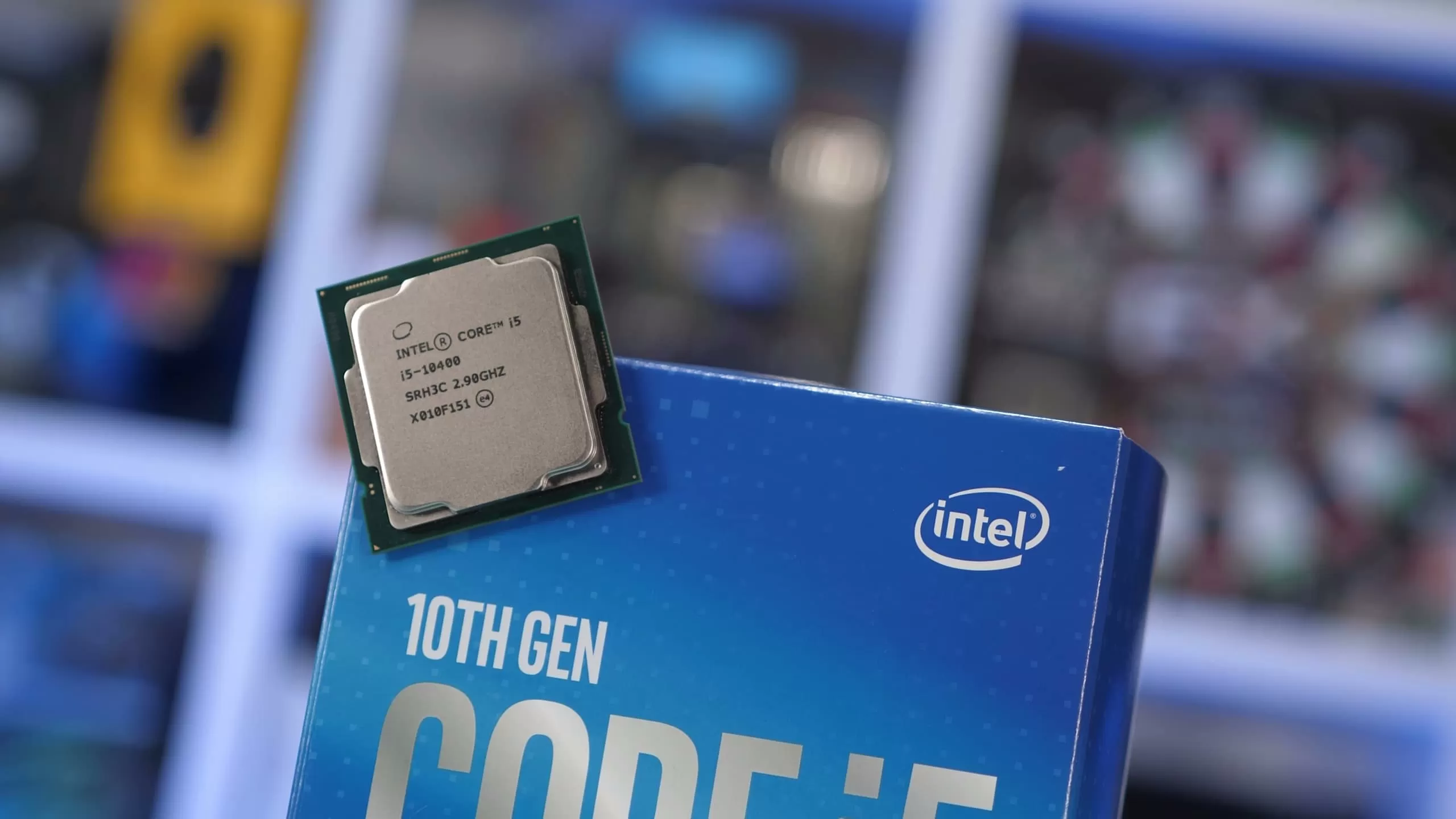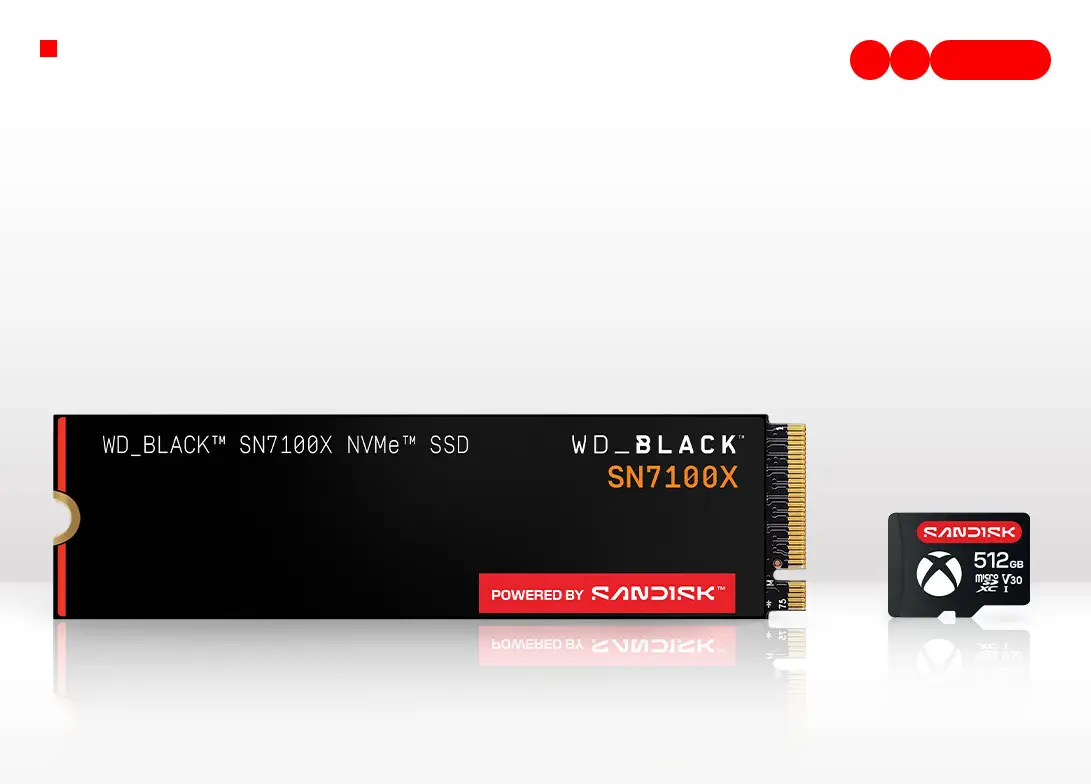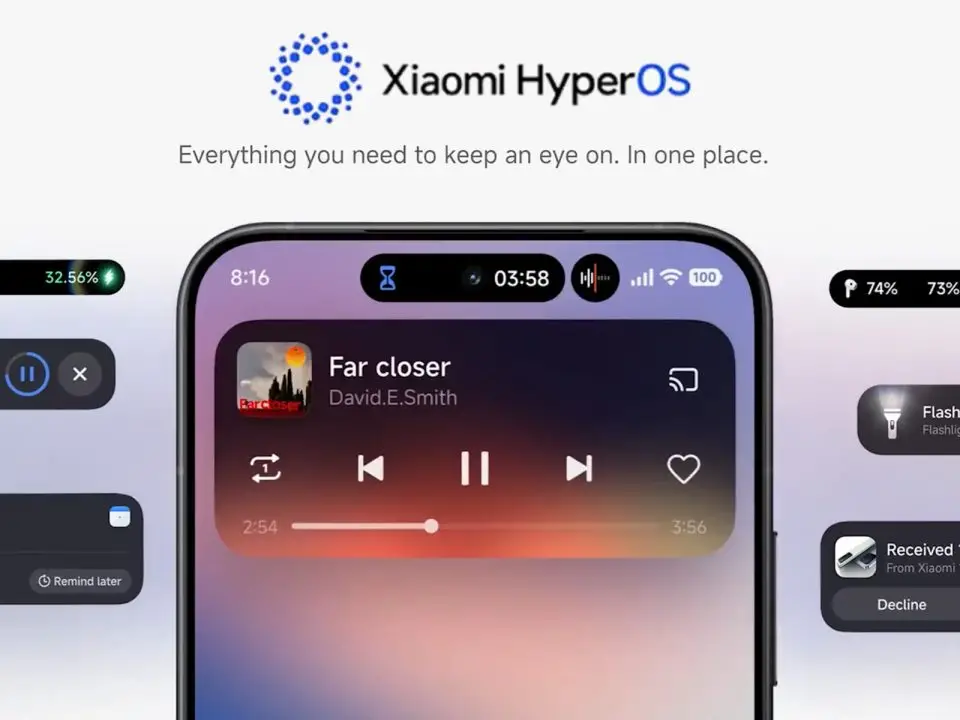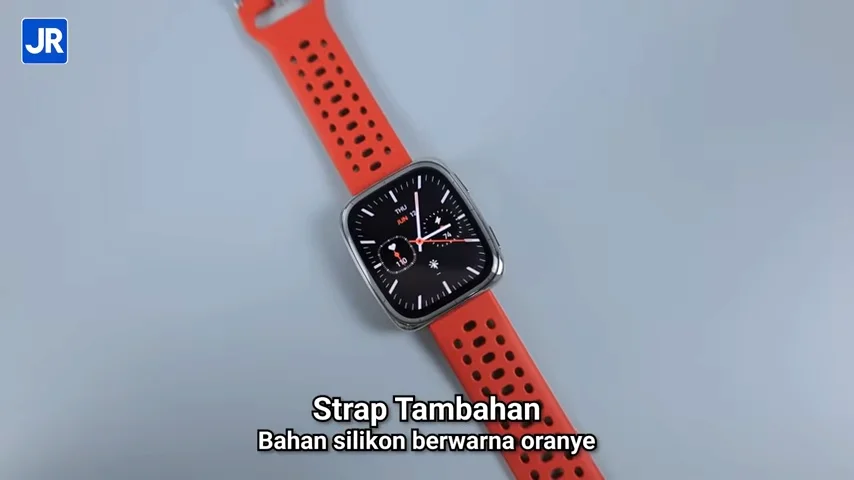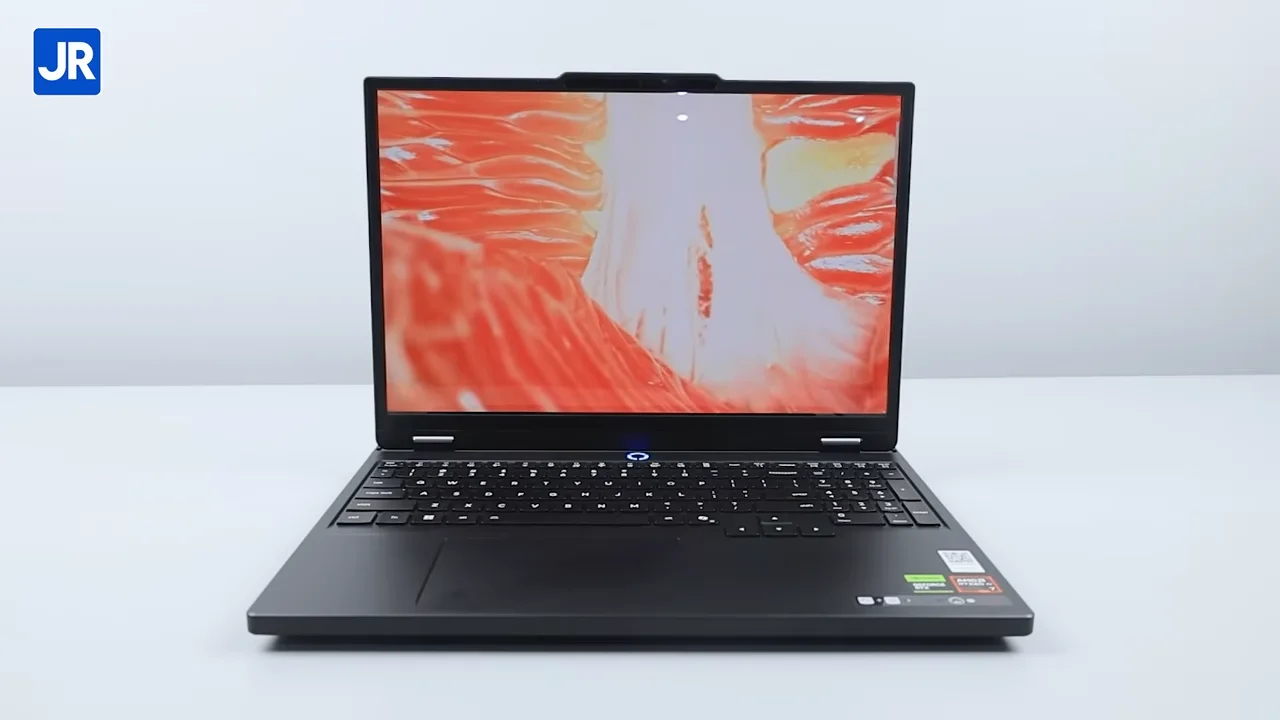NSN Commenced the World’s First Long-Range LTE Experiment
Telstra and Nokia Siemens Networks are currently employing their efforts on numerous LTE technology researches. They test the LTE application in remote territories, using a combination of laboratory testing and long-range field tests to determine how physical distance would affect the experience of an LTE subscriber.
The test in Victoria was carried out using a bandwidth frequency of 2,6 GHz. At a range of 75,4 KM, the test covered quite a vast distance. With this test, NSN and Telstra became the first two companies to experiment on long-range transmission of LTE technology. According to the results, the transmission generated a peak downlink throughput of 100 Mbps (88,07 Mbps on average), and a peak uplink throughput of 30,99 Mbps (29,6 Mbps on average).
Michael Rocca, the Chief Operations Officer, said that the range test is essential for the future of LTE technology in Australia. “This continent has the sixth largest land territory, yet its population density ranked ninth amongst the world’s lowest. The technology that will be applied here should be able to cover vast distances, while still providing Tesltra customers with enjoyable performance,” Rocca explained.
Engineers from both Telstra and NSN carried out the long-range field test at a place located between the Hope Mountain and Burrumboot Mountain in Central Victoria. The test runs were commenced by utilizing the readily available Flexi Multiradio Base Station from LTE, as well as the Evolved Packet Core (EPC) from Nokia Siemens Network, along with third party, pre-commercial LTE USB dongles.
Kalevi Kostiainen, Head of Nokia Siemens Networks for Australia and New Zealand said that, “The benefits of LTE in urban environments, which is being employed everywhere around the globe, has been widely tested and proved beneficial for business. Through this joint experiment, we can now see that the LTE may well be expanded to provide a low-cost solution for rural and remote territories.”




